In the modern communications field, we often hear about 75-ohm coaxial cables. This type of cable is widely used in areas such as television, networking, and telephony, with very stable signal transmission quality. One important reason for this is the copper mesh braiding structure used in the outer conductor of the 75-ohm coaxial cable, which effectively shields against external interference.
The copper mesh braiding structure is a dense mesh structure composed of multiple copper strands. This structure effectively shields the internal signals of the cable, preventing external electromagnetic waves or other interference signals from entering the conductor. Because interference signals enter through the conductor's outer surface, the copper mesh braiding structure forms a sealed shielding layer, directing interference signals to the ground wire, thereby preventing further interference with internal signal transmission.
The key to achieving shielding lies in the copper strands within the copper mesh braiding structure. Copper has excellent conductivity, capable of absorbing and conducting external interference signals. When interference signals enter the copper mesh braiding structure on the cable surface, the copper strands quickly absorb them and effectively shield them through dense contact between the strands. This shielding greatly reduces the noise caused by signal interference, ensuring the accuracy and stability of signal transmission.
Moreover, the copper mesh braiding structure also has good flexibility and corrosion resistance, maintaining its shielding effectiveness in various environments. Additionally, the aperture ratio of the copper mesh braiding structure can be adjusted according to specific requirements to accommodate the transmission of signals at different frequencies.
The copper mesh braiding structure of the 75-ohm coaxial cable is key to achieving shielding. Through the conductivity of the copper strands and the design of the mesh structure, it effectively shields against external interference signals, ensuring the stability and reliability of signal transmission. This makes the cable an indispensable component in the communications industry.
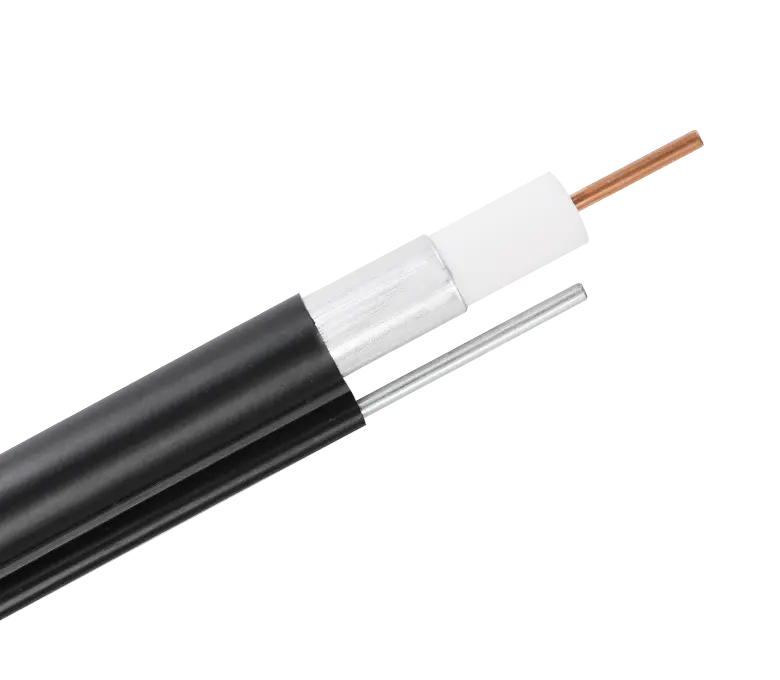
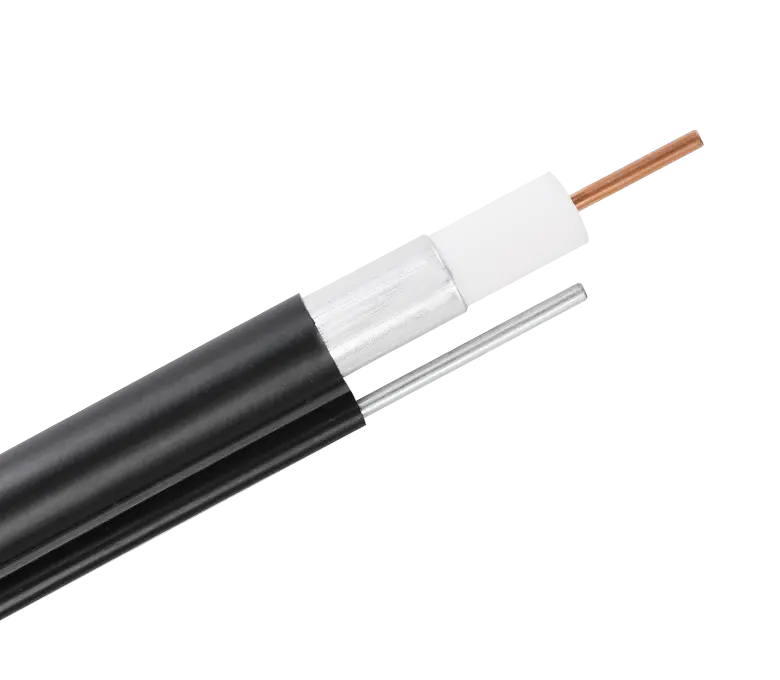
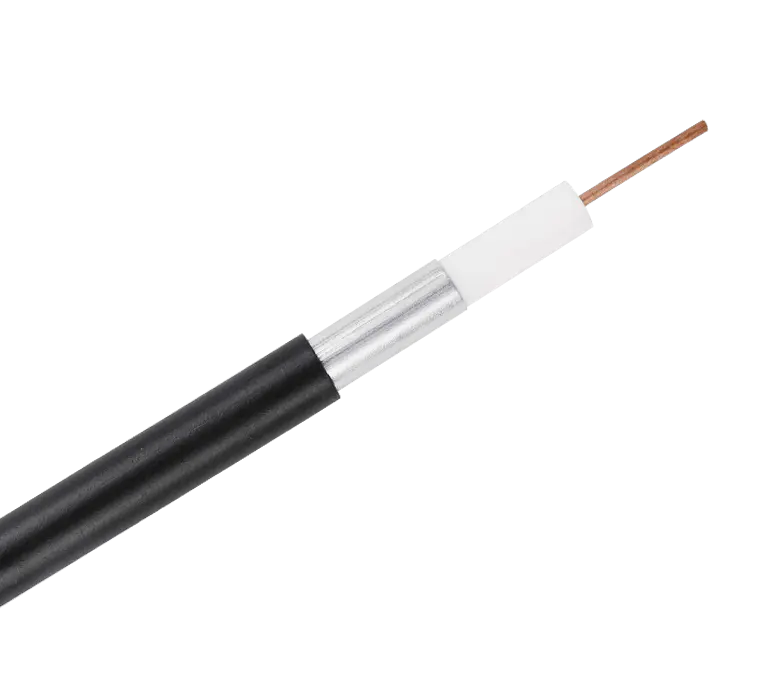
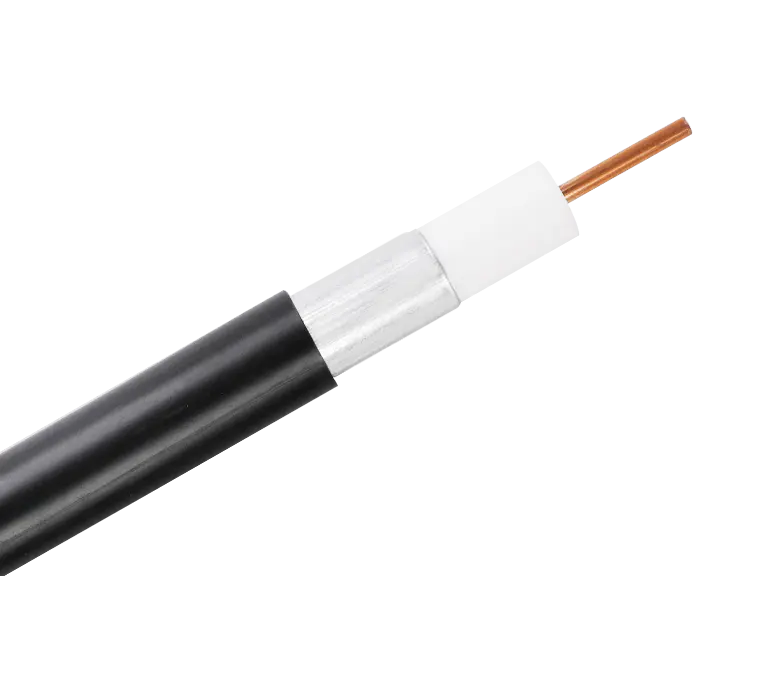
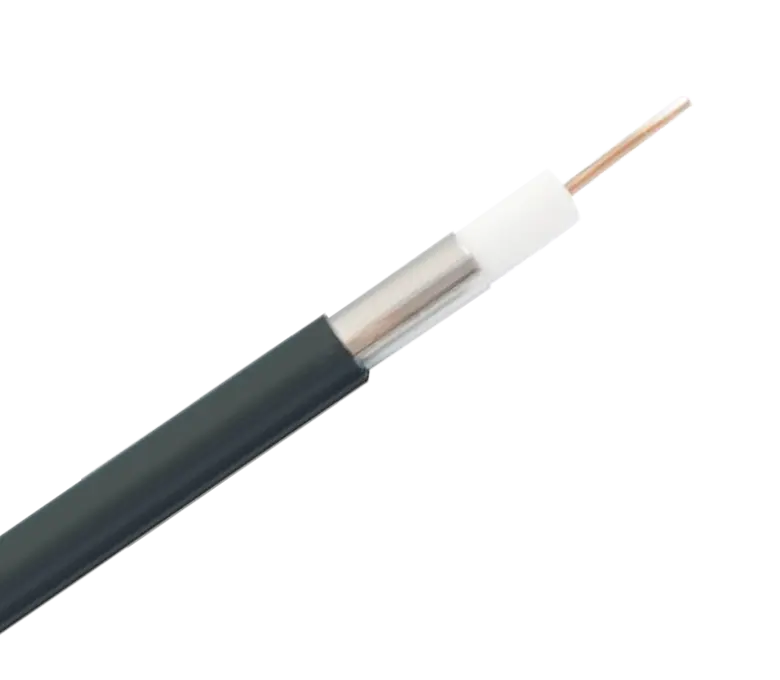
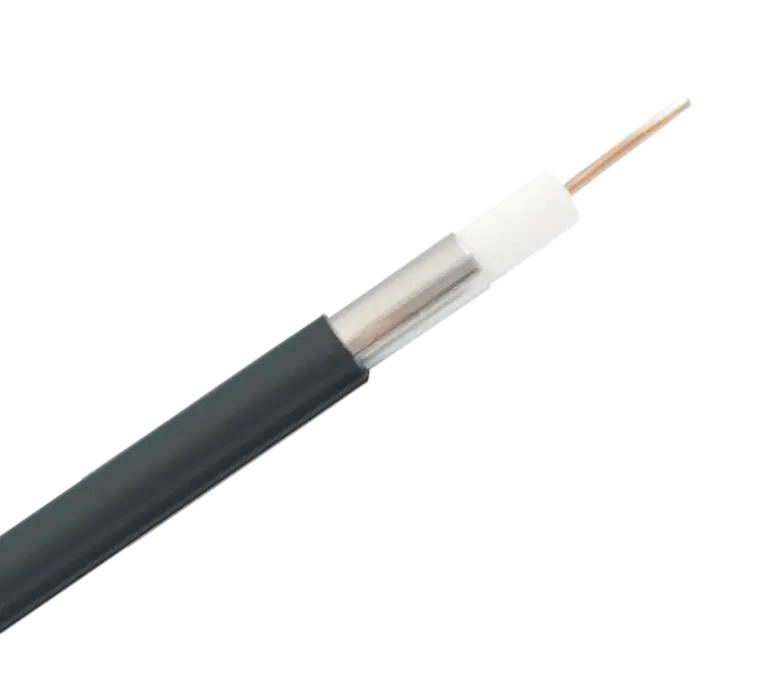
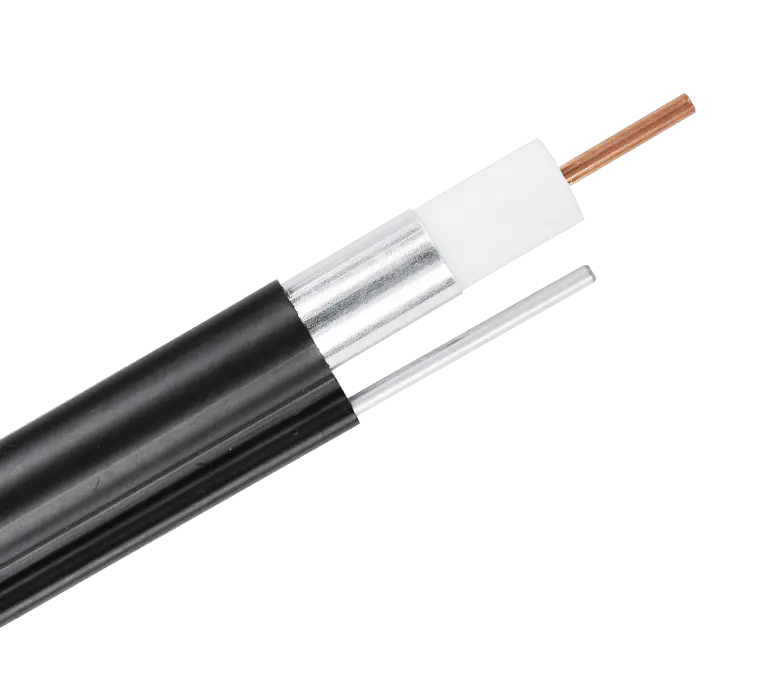
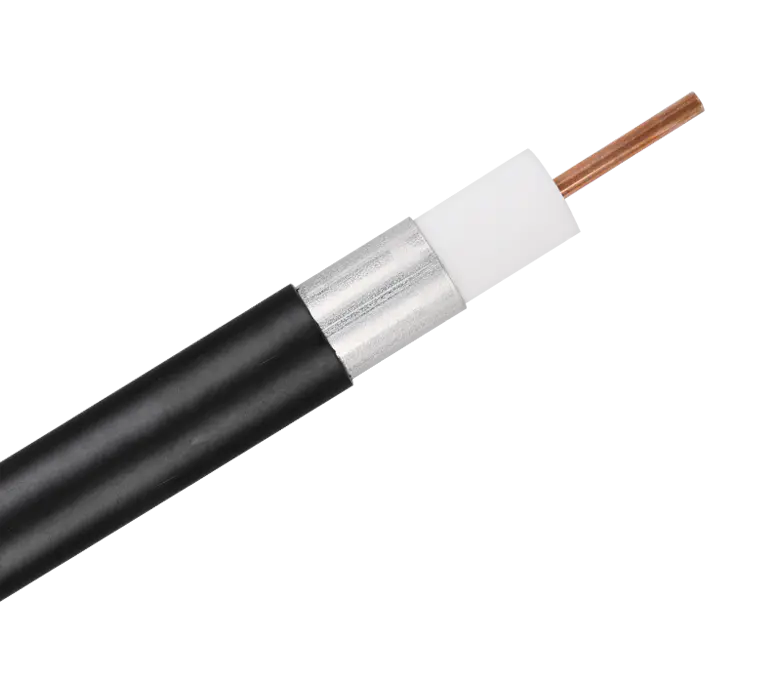
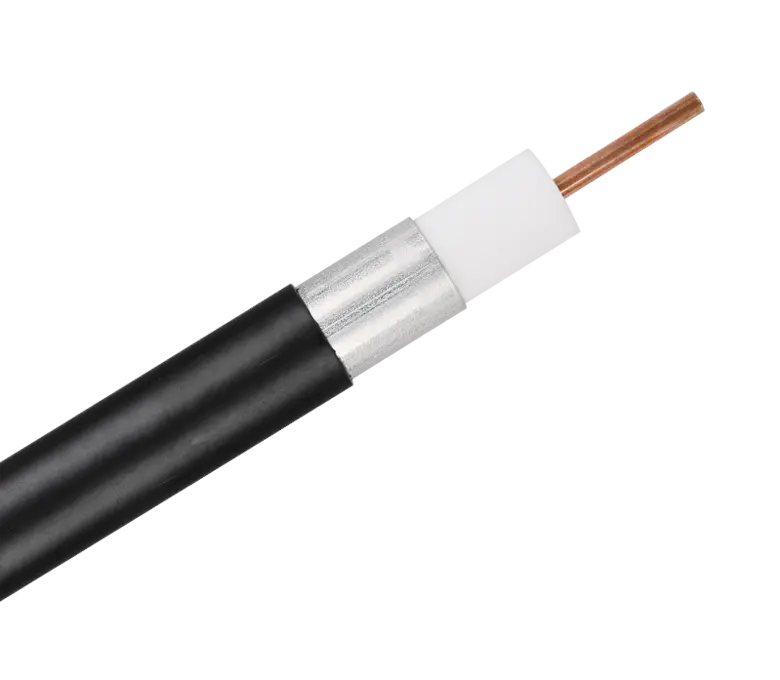
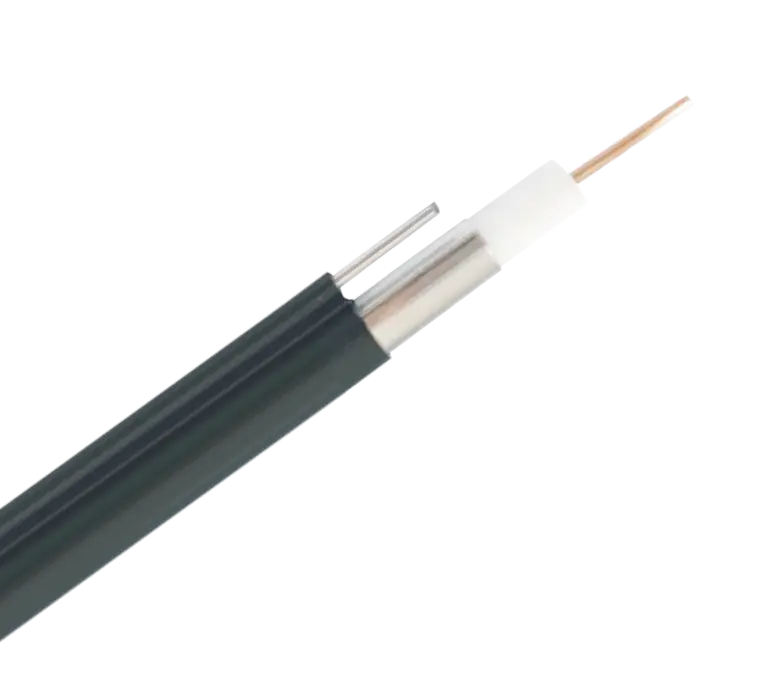
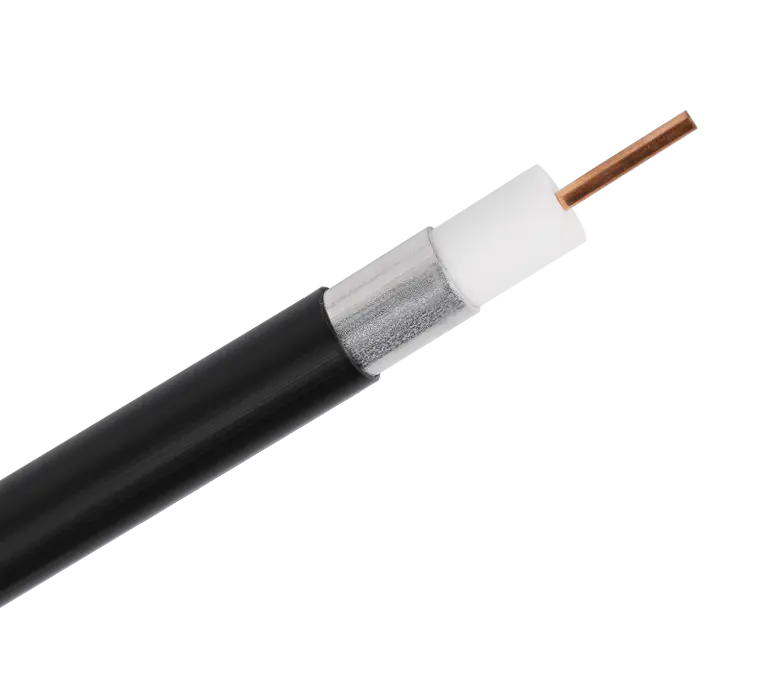
 浙公网安备33018502001191号
浙公网安备33018502001191号